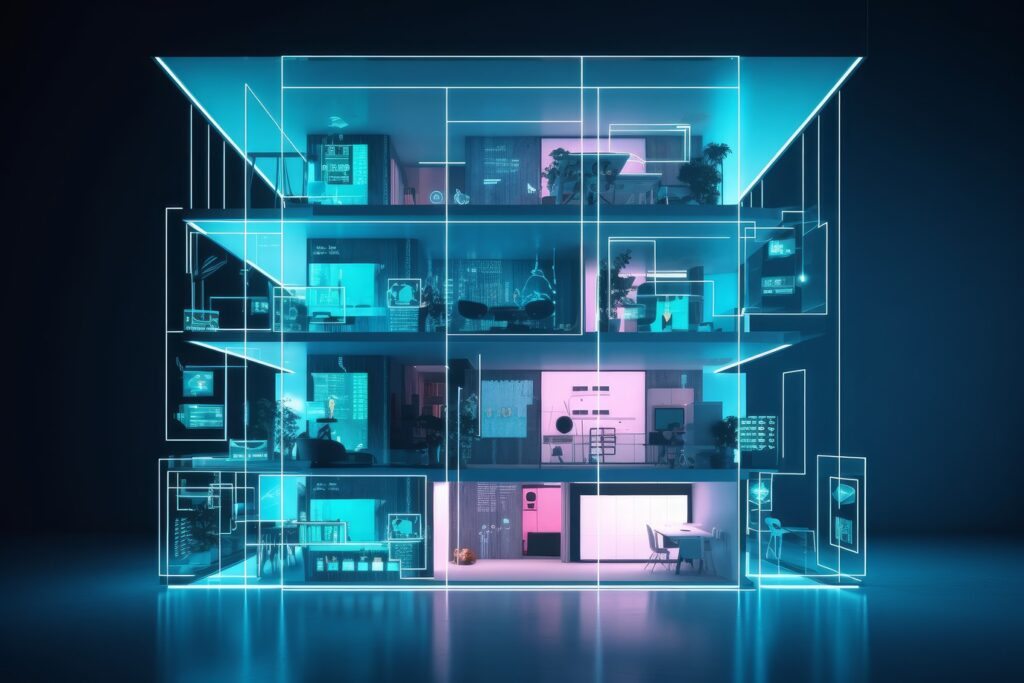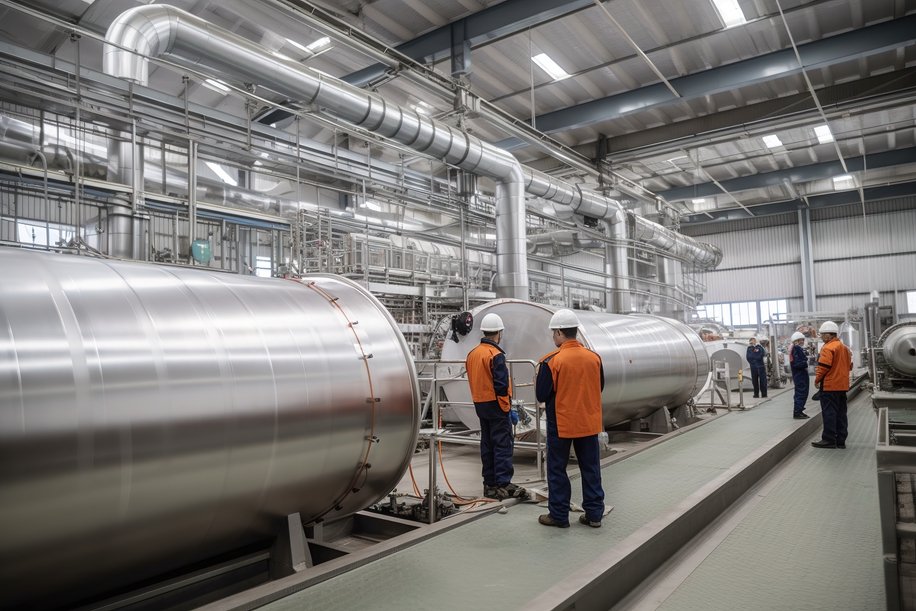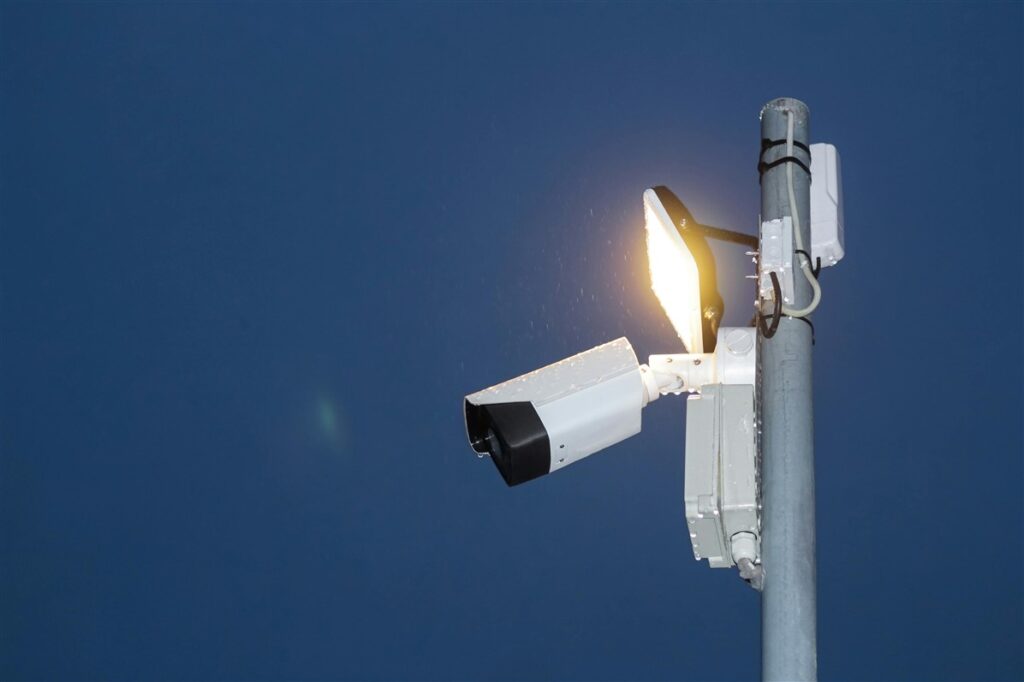Bright Spark – How to cut down time and costs
By Carl Johnson, Electrical Technician
You don’t invest in machinery for it to sit there looking pretty – every machine you have is there to make you money. So if it’s not working, it’s not doing its job – and it’s therefore losing you money.
Simply by following a few simple maintenance rules, you can keep down time and the cost of repairs to a minimum.
1. Do you have drawings for the machinery – in particular any control panels? If you do it’s a good idea to keep an electronic copy just in case they ever go missing. More often than not, drawings are kept in the control panel itself; if they aren’t in the panel it’s a good idea to locate them now. We get called out to hundreds of machine breakdowns every year and if the machine has a drawing you are half way to fixing the fault before you start. Good accurate drawings are the difference between it taking 30 minutes or a few hours to identify a fault.
2. Have you noticed that machines always break down when you need them the most? So if you can’t find or don’t have any drawings, get some done now, at a convenient time, instead of waiting until your machine has broken down. This involves tracing individual cables in the control panel and on the machine itself – it can be time consuming, but at least by proactively tackling the problem you’ll be prepared for any future break downs. The alternative is an engineer trying to trace a fault just when you need your machine.
3. It’s also a good idea to write down and keep safe the settings of any inverters and other programmable equipment. Some equipment can be quite complicated, with dozens of parameters to set to suit your application. If the equipment fails and you need to replace it like for like, knowing the settings can save a lot of hassle.
4. Keep the panel well maintained. The most common fault in my experience is a contact that isn’t making or breaking as it should and the environment inside the panel has a massive influence on this. Make sure the panel door is closed properly to stop dust and grime getting inside; likewise, ensure any holes in the enclosure are correctly blanked off. It is also vital that the control panel isolator is working correctly. The isolator should interlock the door closed, so that access can only be gained to the panel by isolating the electrical supply.
5. Keep motors clean and dust free. Most motors have a fan on the back, which blows air over the body of the motor to reduce the build up of heat. If the fan is blocked or broken, the motor can overheat and burn out, or run at excessive temperatures, causing a fire risk.
6. Look out for cables pulled out of glands. If this happens, the earth to the motor could be removed. The cable is more likely to be damaged and could be dangerous if not glanded and terminated correctly.
7. You don’t need to be an electrician to see that cables either aren’t connected or aren’t properly supported. Sometimes when machinery is worked on by fitters or other contractors, the earth cables don’t get connected back up again when they finish. It is important to make sure these essential cables are connected where they should be. Cables that aren’t properly supported can cause increased stress on connections. A loose cable or disconnected core can cause your machinery to stop working, so check to see that all cables are secure.
8. Keep some spares, whether it be fuses, contactors, relays or anything else. If the machinery is vital to your operation, it makes sense to identify the most likely points of failure and keep spares to hand. By sourcing these in advance, you’ll be able to shop around and get the best price, rather than having to pay through the nose because you need them in a hurry.

Our guide to building energy management systems
Building energy management systems (BEMS) are systems that allow you to monitor, control, and optimise the energy used within your building. The phrase building energy management system (BEMS) is often used interchangeably with the phrase building management system (BMS), but there are some differences. A BEMS is focused on energy-related systems such as lighting, heating, […]
Read more
How far does power travel and what impact does distance have on performance
It’s easy to take our electricity supply for granted. We flick a switch and instantly have light or power. We don’t even think about it unless there’s an issue or an outage. But when there is an issue or outage, the impact can be significant. For manufacturers, even the smallest change in power can make […]
Read more
Why visibility of the production process is so important
Operational excellence, efficiency and quality are top priorities for almost every manufacturer worldwide. These things lead to improved productivity, happier customers and reduced waste – all of which result in increased profits. Visibility of the production process is the key to achieving these things. And manufacturers now have access to technology that can provide real-time […]
Read more
Will security lighting help to protect my staff?
Looking after the safety and well-being of employees should be a priority for any business. And while it’s not possible to mitigate every risk, there are measures you can take to improve their safety and security. One measure that is often overlooked is the installation of security lighting. When daylight disappears, visibility is reduced, increasing […]
Read more
Top 5 considerations when comparing electrical quotes
Budget is always a factor when you’re considering any type of upgrade, revamp, or maintenance work within your factory. But when it comes to electrical work, you have to consider more than just money. Don’t rush into accepting the cheapest electrical quotes without knowing exactly what you’re getting. Electrical work is not an area where […]
Read more
What is the role of companies in reducing our carbon footprint?
We should all be taking responsibility for protecting our planet and a big part of that is reducing our carbon footprint. But while it falls to all of us to do our bit, there is additional pressure on manufacturers, especially those with high carbon emissions. As an absolute minimum, these companies should ensure compliance with […]
Read more

